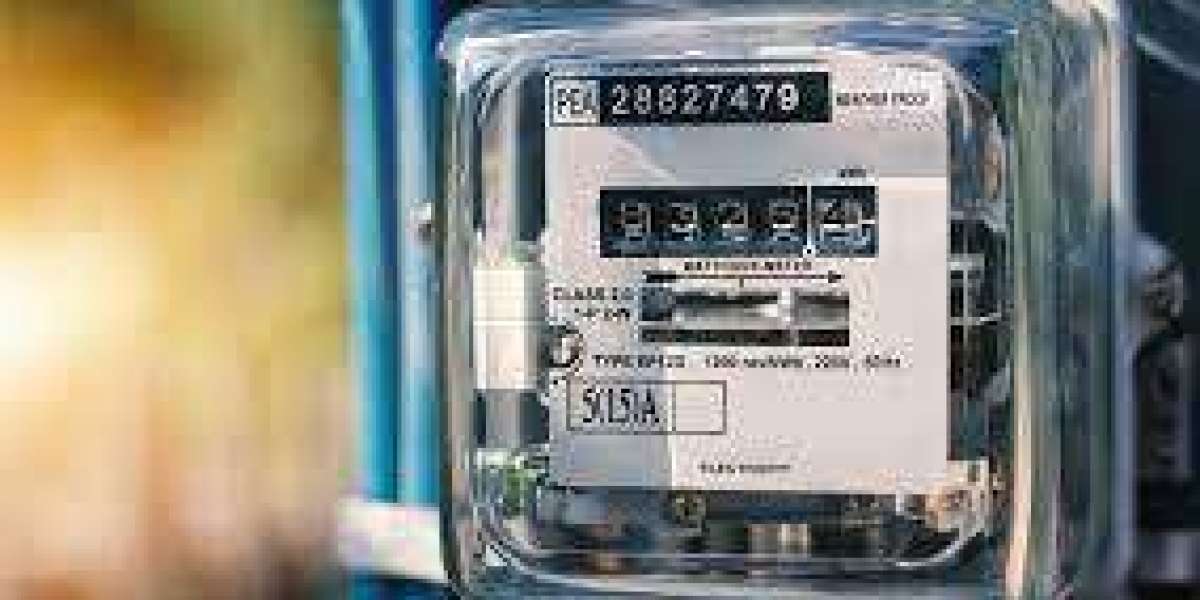Electricity meters are an essential part of our daily lives as they help us measure the amount of electricity we consume. They play a critical role in billing and payment for the services rendered by power companies. However, most people are not aware of the various types of electricity meters, how they work, and their significance. In this article, we will take a comprehensive look atelectricity meters, their types, how they function, and their usage.
What is an Electricity Meter?
Anelectricity meteris an electronic device that measures the amount of electricity consumed by a household or business. It measures the flow of electricity through a circuit and records the consumption in kilowatt-hours (kWh). The kWh is a unit of measurement used to measure electrical energy consumption.
Types of Electricity Meters
There are various types ofelectric metersused today. Each type has unique features and functions. Some of the common types include:
1. Analog Meters:These are the traditional meters that have been in use for many years. They have a spinning disc that rotates when electricity flows through it, and the number of rotations corresponds to the amount of electricity consumed. Analog meters have a limited range of accuracy and are gradually being phased out.
2. Smart Meters:These are the latest generation of electricity meters. They use digital technology to measure electricity consumption and transmit data directly to the power company.Smart metersare highly accurate and provide real-time information on energy consumption. They also have features that allow customers to monitor and manage their energy usage.
3. Prepaid Meters:These are meters that require customers to pay in advance for the electricity they use. The meter has a digital display that shows the amount of credit available. Once the credit is exhausted, the power supply is automatically disconnected until the customer purchases more credit.
4. Time-of-Use Meters:These meters are designed to charge different rates for electricity consumption based on the time of day. They incentivize customers to use electricity during off-peak hours when rates are lower, thereby reducing the strain on the power grid.
How Electricity Meters Work
Electricity meters work by measuring theelectrical energythat flows through a circuit. The meter has two sets of coils, one for voltage and the other for current. The voltage coil measures the voltage of the electricity flowing through the circuit, while the current coil measures the current. The product of the voltage and current gives the power consumed, which is measured in watts.
The meter then integrates the power consumption over time to calculate the total energy consumed in kilowatt-hours (kWh). The meter readings are recorded at regular intervals, typically monthly, and sent to the power company for billing.
Usage of Electricity Meters
Electricity meters have several applications. Some of the significant uses include:
1. Billing and Payment:Electricity meters are used to measure and record the amount of electricity consumed by households and businesses. The meter readings are used to calculate the electricity bill, which is sent to the customer for payment.
2. Energy Management:Electricity meters provide valuable information on energy consumption, allowing customers to monitor and manage their energy usage. This information can help customers identify areas where energy is being wasted and take steps to reduce consumption.
3. Load Management:Power companies use electricity meters to manage the load on the power grid. They use data from the meters to identify peak hours of electricity consumption and implement measures to reduce the strain on the grid during these periods.
Conclusion
Electricity meters are an essential part of our daily lives. They help us measure the amount of electricity we consume, which is critical for billing and payment. There are various types of electricity meters available today, each with unique features and functions.








